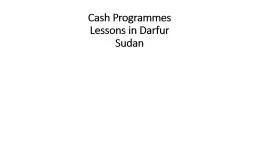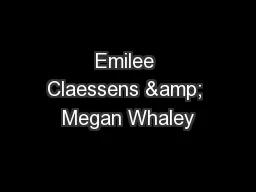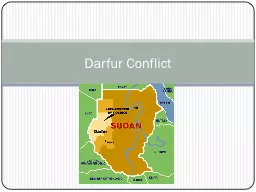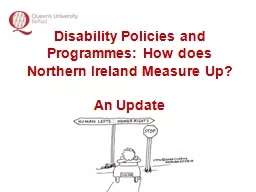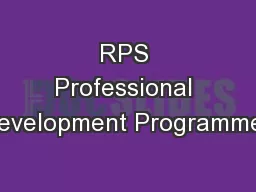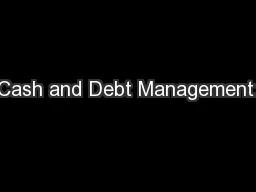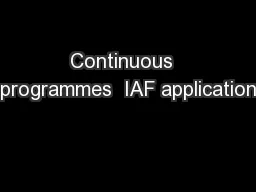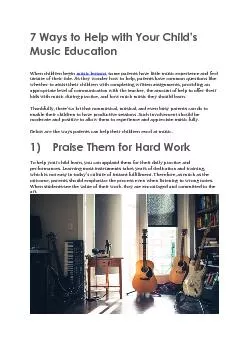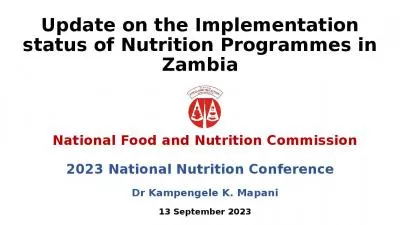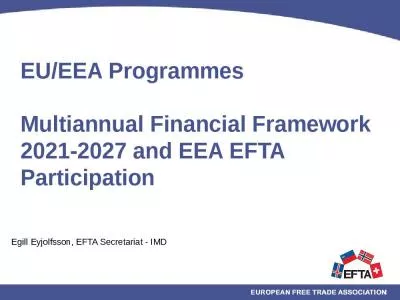PPT-Cash Programmes Lessons in Darfur
Author : debby-jeon | Published Date : 2018-10-26
Sudan Implemented by Cluster partners DRC and TGH Why CashVouchers The context Markets are functional support local economy People use cash and accept it
Presentation Embed Code
Download Presentation
Download Presentation The PPT/PDF document "Cash Programmes Lessons in Darfur" is the property of its rightful owner. Permission is granted to download and print the materials on this website for personal, non-commercial use only, and to display it on your personal computer provided you do not modify the materials and that you retain all copyright notices contained in the materials. By downloading content from our website, you accept the terms of this agreement.
Cash Programmes Lessons in Darfur: Transcript
Download Rules Of Document
"Cash Programmes Lessons in Darfur"The content belongs to its owner. You may download and print it for personal use, without modification, and keep all copyright notices. By downloading, you agree to these terms.
Related Documents

